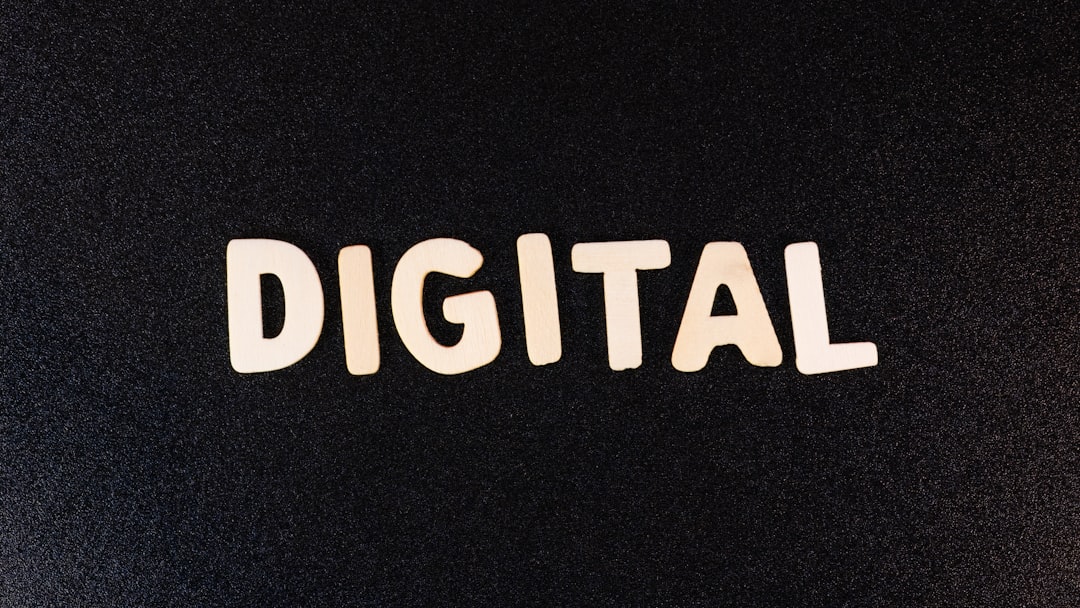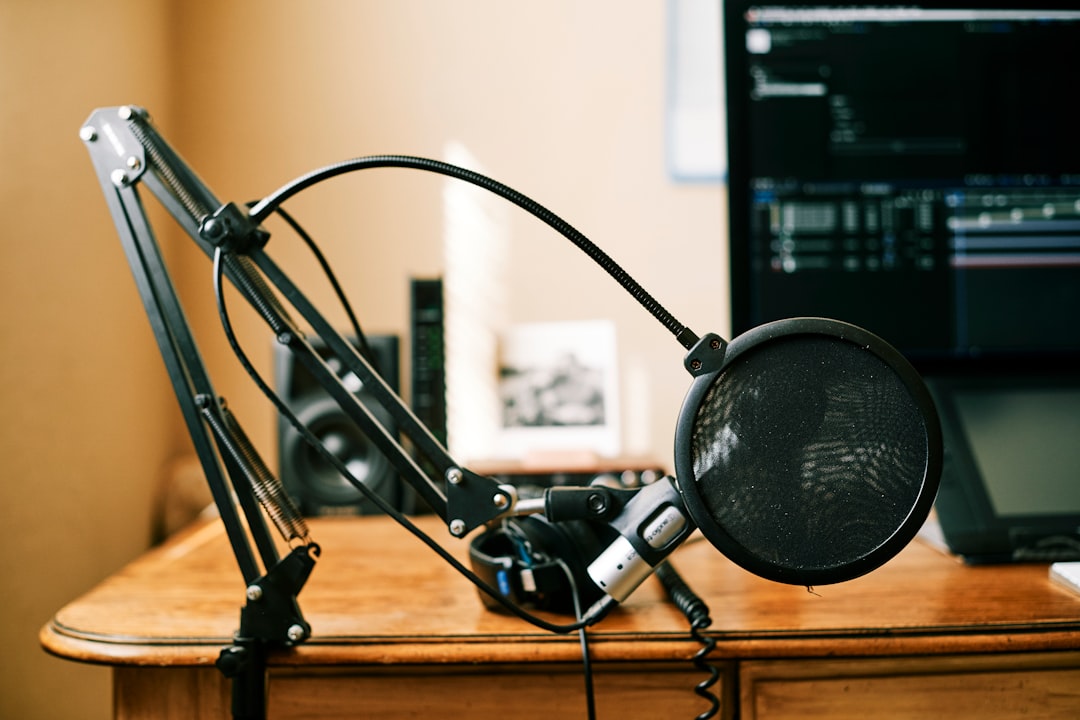5 Ways Audio Content Can Boost Your Productivity and Focus.
5 Ways Audio Content Can Boost Your Productivity and Focus
In our hyper-connected world, distractions are everywhere. From the constant ping of notifications to the endless stream of digital information, maintaining focus and maximizing productivity can feel like an uphill battle. While many strategies recommend disconnecting entirely, there’s a powerful, often overlooked tool that can actually help you reclaim your concentration and supercharge your output: audio content.
Far beyond just background noise, strategically chosen audio can transform your work environment, sharpen your mind, and even make mundane tasks more engaging. It’s not just about listening; it’s about leveraging sound to hack your brain’s natural rhythms and enhance your cognitive performance. Let’s dive into five distinct ways audio content can become your secret weapon for unparalleled productivity and laser-sharp focus.
1. Silencing the Noise: How Ambient Soundscapes Sharpen Your Concentration
One of the most immediate and profound benefits of audio content is its ability to create an auditory bubble, shielding you from external distractions. Whether it’s the chatter of an open office, the sounds of street traffic, or even the hum of your own thoughts, unwanted noise fragments your attention. Ambient soundscapes — often overlooked in favor of music — are masters at providing a consistent, non-intrusive auditory environment that helps your brain settle into a state of deep focus.
Think of gentle rain, forest sounds, distant ocean waves, or even the subtle drone of a coffee shop (without the actual conversations). These sounds don’t demand your attention; instead, they provide a steady, predictable sonic backdrop that masks disruptive spikes in noise. By filling the auditory void with something calming and consistent, your brain expends less energy processing random external stimuli, freeing up cognitive resources to dedicate entirely to the task at hand. This creates a psychological barrier, signaling to your mind that it’s time to concentrate, making it easier to enter and sustain a flow state.
Crafting Your Auditory Sanctuary
- Nature Sounds: Apps and websites offer endless loops of natural environments. Research suggests nature sounds can even reduce physiological stress.
- White Noise/Brown Noise: These consistent frequencies effectively mask a wide range of sounds, making them excellent for blocking out unpredictable distractions.
- Instrumental Ambient Music: Look for tracks specifically designed for focus, often featuring slow tempos, minimal melodies, and deep textures that support concentration without distracting.
2. Multitasking with Purpose: Learning and Growing While You Work
Not all tasks demand your full, undivided visual or active cognitive attention. Many routine, repetitive, or physical activities – like commuting, exercising, cleaning, or data entry – can be performed effectively while your ears and a portion of your brain are engaged elsewhere. This is where audio content truly shines as a productivity booster, allowing you to turn otherwise “dead time” into valuable learning and development opportunities.
Imagine transforming your daily commute from a stressful rush into a masterclass on a new skill, or making your grocery shopping trip an insightful dive into current events. By consuming educational podcasts, audiobooks, or lectures during these low-focus activities, you’re not just passing time; you’re actively investing in your personal and professional growth. This form of “productive multitasking” maximizes your efficiency, allowing you to absorb new information, refine existing knowledge, or gain fresh perspectives without carving out dedicated study time from your already packed schedule. It’s about making every moment count towards your goals.

Choosing the Right Audio for Productive Multitasking
- Audiobooks: Dive into non-fiction books related to your field, personal development, or new hobbies.
- Educational Podcasts: Explore topics from history and science to business and mindfulness.
- Online Course Lectures: Many platforms allow you to download audio versions of lectures, perfect for on-the-go learning.
The key here is alignment: choose audio that complements, rather than competes with, the task at hand. For highly complex tasks, stick to focus-oriented audio. For routine tasks, leverage this opportunity to expand your knowledge base. For more insights on deep work, check out our guide on The Science Behind Focus.
3. Optimizing Cognitive States: Leveraging Binaural Beats and Focus Music
Beyond simply blocking distractions, certain types of audio content are specifically engineered to influence your brainwave patterns, gently nudging your mind into states conducive to heightened focus, creativity, or relaxation. This is where the fascinating world of binaural beats and specially composed “focus music” comes into play. Binaural beats, for instance, occur when you hear two slightly different frequencies in each ear, and your brain perceives a third, “phantom” tone at the difference between the two frequencies. When this perceived frequency falls within specific brainwave ranges (e.g., alpha for relaxation, beta for alertness, gamma for high-level processing), it can encourage your brain to synchronize with that state.
Similarly, focus music — often instrumental, minimalist, and designed with specific harmonic structures and tempos — aims to provide an optimal auditory environment for sustained concentration. Unlike conventional music with lyrics or strong melodic hooks that can distract, focus music is crafted to be present yet unobtrusive, supporting your cognitive processes without demanding active listening. It acts as an auditory anchor, keeping your mind engaged and preventing it from wandering, thereby significantly boosting both your productivity and the quality of your output.
Finding Your Brainwave Sync
- Binaural Beat Apps/Tracks: Look for tracks designed for “focus,” “concentration,” or “study.” Experiment with different carrier frequencies and beat frequencies. (Consult academic research on binaural beats for more information.)
- Specialized Focus Playlists: Platforms like Spotify, Apple Music, and YouTube offer curated playlists specifically titled “Focus,” “Deep Work,” or “Concentration.” These often feature instrumental electronic, classical, or ambient genres.
- Video Game Soundtracks: Many video game scores are designed to keep players engaged and focused without distracting from the on-screen action, making them surprisingly effective for work.
4. Cultivating Mindfulness: Reducing Stress and Enhancing Mental Clarity
Productivity and focus aren’t just about output; they’re deeply intertwined with your mental well-being. A cluttered, stressed, or anxious mind is inherently less capable of sustained concentration. Audio content offers a powerful pathway to cultivate mindfulness, reduce mental clutter, and foster a calmer, more focused state of mind. Guided meditations, mindfulness exercises, and even certain types of calming soundscapes can help you anchor yourself in the present moment, alleviating the mental noise that often saps your energy and attention.
By taking short breaks to listen to a guided meditation, even for just 5-10 minutes, you can reset your mental state. These audio sessions train your brain to observe thoughts without getting carried away by them, improving your ability to return to tasks with renewed clarity and composure. This practice not only enhances your focus during the meditation itself but builds a lasting capacity for sustained attention and emotional regulation throughout your day. A clearer mind is a more productive mind, less prone to distraction and more capable of deep, meaningful work.
Integrating Mindful Audio into Your Day
- Guided Meditation Apps: Popular apps offer a wide range of meditations for focus, stress reduction, and sleep.
- Mindfulness Podcasts: Many podcasts offer short, guided




Post Comment